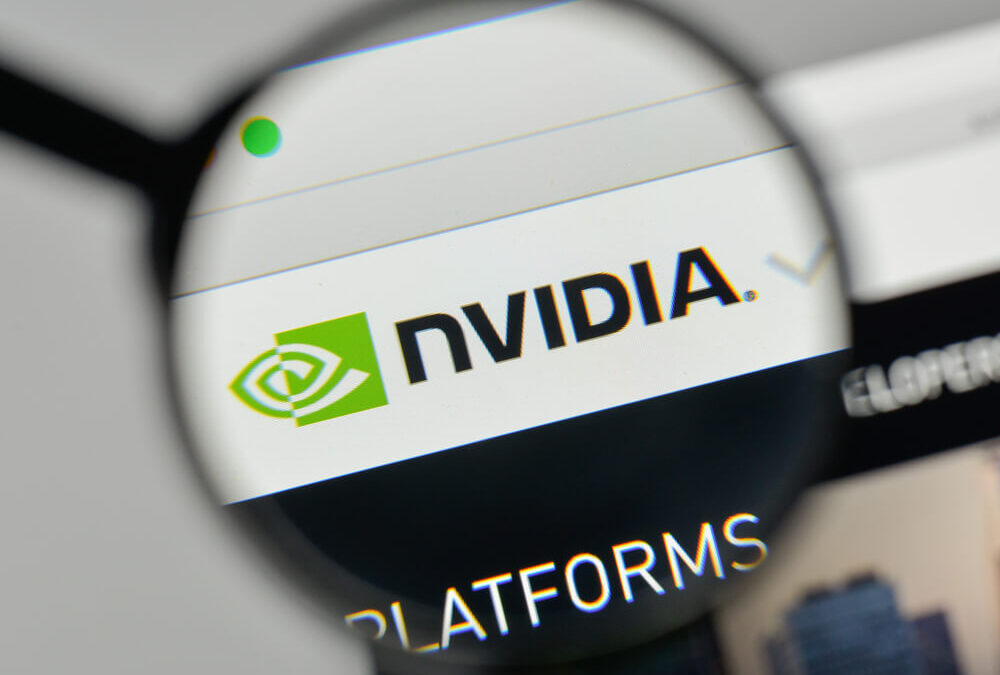What if?
What if I did this instead of that? What if this happened and not that?
These are questions we ask ourselves all the time.
What if Benjamin Franklin never experimented with a kite?
What if the United States never imposed an oil embargo on Japan in August 1941?
What if President Dwight Eisenhower never sent military support to Vietnam in 1955?
Questions like this can be associated with just about every major event in history.
Armchair quarterbacking has become an American pastime, from second-guessing the political establishment to questioning the decisions of our favorite sports team’s coaching staff.
We do it all the time.
Sometimes, the answers to “What if?” can drastically change the course of history.
What if I told you that one single decision 20 years ago altered the trajectory of one of the most significant technological advances in human history?
Let me explain…
A Radical Idea Falls Flat
In 2005, the CEO of one of America’s largest companies had an idea.
At the time, Intel Inc. (Nasdaq: INTC) was the dominant force in developing the chips that were the electronic brains of most computers.
A few Intel directors had their eye on a small Silicon Valley upstart developing graphics processing chips that could potentially create new jobs in data centers, the massive facilities that now power the artificial intelligence (AI) mega trend.
Intel CEO Paul Otellini liked the idea and approached the company’s board with a proposal to buy Nvidia Corp. (Nasdaq: NVDA).
However, Intel’s board had issues.
The company didn’t have a good track record of absorbing other companies. Plus, the price tag — as much as $20 billion — was more than Intel had ever spent … on an upstart company with not much of a track record.
The board dismissed the idea instantly. Otellini backed off the takeover, leaving it dead in the water.
That leads to our question today: What if Intel actually bought Nvidia in 2005?
The AI Revolution May Not Have Happened
As Adam pointed out earlier this week, Intel has a history of struggling to innovate beyond its core vision.
Back in the 90s, Intel was the gem of the tech world.
The company maintained its dominance in the market but never really innovated past that.
Here’s an example:
In 2011, Intel spent $1.4 billion to purchase Infineon’s wireless solutions division to create the Intel Mobile Communications division.
The division was aimed to research and develop mobile technology.
While the division created 2G, 3G, 4G and 5G internet modems, those products never dented market share.
In 2019, Apple Inc. (Nasdaq: AAPL) entered into a $1 billion agreement with Intel to buy the Intel Mobile Communications Division, thus ending Intel’s foray into the mobile market.
What if Intel had bought Nvidia? We can deduce a few things:
- Intel buys Nvidia for $20 billion and continues making the same graphics chips for data centers.
- Intel never fully expands the development of those chips, and the venture starts to lose money as demand for those chips stalls.
- The Intel board realizes it’ll never make back its initial $20 billion investment and sells its graphic chips business to Qualcomm for less than it paid.
- The development of the chips needed to compute large language models used in AI is delayed 10 to 15 years.
Fast forward to today, and instead of being two years into this incredible AI mega trend after ChatGPT’s launch, mass market large language models are still years away — along with every investing opportunity they’ve presented since 2022.
Imagine if Intel had killed the AI revolution 20 years before it began. If it had gone through with the purchase, Nvidia may not have ever fully innovated its AI graphic chips under Intel’s guidance.
Adam called the decision not to buy Nvidia Intel’s “single worst blunder in the history of the company.”
That is true, but it also kept the AI revolution timeline intact.
Until next time…
Safe trading,

Matt Clark, CMSA®
Chief Research Analyst, Money & Markets





